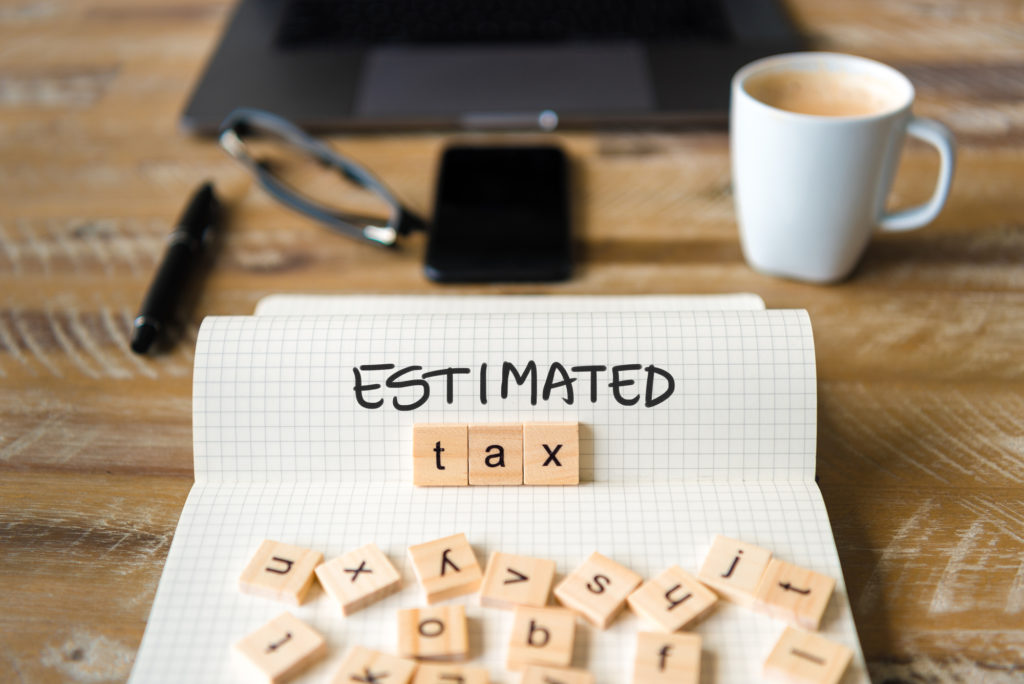 The first installment of estimated taxes for 2021 is due April 15, 2021. This deadline applies even though the due date for filing 2020 individual income tax returns has been extended. A previous blog addressed some aspects of estimated taxes—when to pay them and what they need to cover. The following are some special issues to consider for estimated taxes in 2021.
The first installment of estimated taxes for 2021 is due April 15, 2021. This deadline applies even though the due date for filing 2020 individual income tax returns has been extended. A previous blog addressed some aspects of estimated taxes—when to pay them and what they need to cover. The following are some special issues to consider for estimated taxes in 2021.
Who needs to pay
If you don’t get a paycheck from which to withhold your federal income taxes (or a spouse with a paycheck and who is willing to increase withholding to cover your share of taxes), you may need to pay estimated taxes four times a year. You can’t backload payments by not making early payments and bulking up later ones; payments must be made throughout the year. They can be adjusted if there are changes—up or down—in income, but not merely for your convenience or cash flow problems.
For 2021 estimated taxes, this is April 15, 2021, June 15, 2021, September 15, 2021, and January 18, 2022. You may need to make estimated tax payments if you are a:
- Sole proprietor
- Member of a limited liability company
- Partner in a partnership
- Gig worker for a platform
How to figure your quarterly payments
How can you know what to pay when you haven’t yet earned the income on which taxes are owed? That’s why it’s called estimated tax payments. You only have to come close to avoid underpayment penalties. There’s no penalty if you’re short by less than $1,000. And there’s no penalty if you meet either of the following safe harbors:
- Pay 90% of the current year’s bill through estimated taxes. While the IRS lowered the threshold to 80% for 2018 (because of late-breaking changes in the Tax Cuts and Jobs Act), no similar reduction applies now.
- Pay 100% of what your taxes were in 2020 (115% if your adjusted gross income in 2020 was at least $110,000, or $75,000 if married filing separately).
Figure estimated taxes on net income. This means you don’t include tax-free items but do factor in deductions and credits to which you are eligible. For example, tax-free income results from Paycheck Protection Plan loan forgiveness, Shuttered Venue Operators grants, and Restaurant Revitalization Fund grants to small and independent restaurants. Also, loan proceeds are not taxable income. Don’t overlook the qualified business income deduction for owners of pass-through entities.
You can use an IRS estimated tax worksheet (look at page 7) to help figure your payments. Be sure to include, among other taxes:
- Self-employment tax on net earnings from self-employment
- Additional Medicare tax on earned income (wages and net earnings from self-employment)
- Additional Medicare tax on net investment income (if you are a mere investor in the business)
Tips and strategies
Figuring and paying estimated taxes are a chore for many business owners. In doing this, here are some ideas to help:
- Work with a tax professional to help you estimate your payments for 2021.
- Find guidance on estimated tax payments in IRS Publication 505.
- Pay estimated taxes through EFTPS.gov . You need to set up an account in advance. Then you can authorize bank transfers to the U.S. Treasury for estimated tax payments. Doing this does not provide government access to your bank account.
- Manage cash flow for estimated taxes. Be sure to have cash reserves to pay what you owe. This could mean setting funds aside (perhaps in a separate bank account) or tapping into personal lines of credit (e.g., a home equity loan) to pay on time.
- Review your choice of business entity. Going forward, you may be able to avoid the need to make estimated tax payments if you have a paycheck from which withholding can be made. This results if your business is incorporated, or if you are a limited liability company (LLC) and opt to be taxed as a corporation, usually with an S election (see instructions to Form 8832).
Final thought
Estimated taxes parallel the Goldilocks story. You don’t want to pay too much because this amounts to an interest-free loan to the government. And you don’t want to pay too little so that you incur interest and penalties. You want to get this “just right” or at least as close to this as possible.


